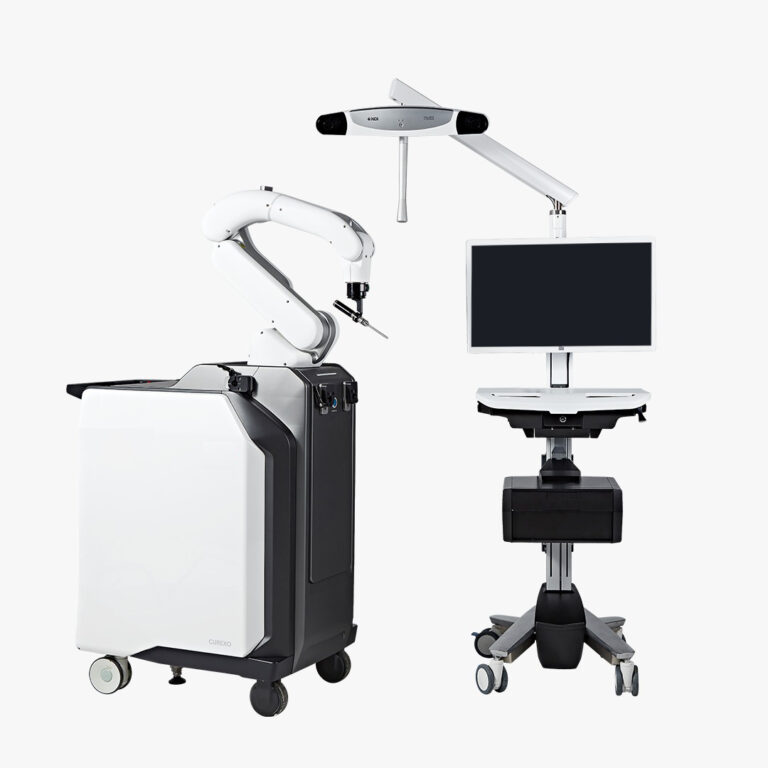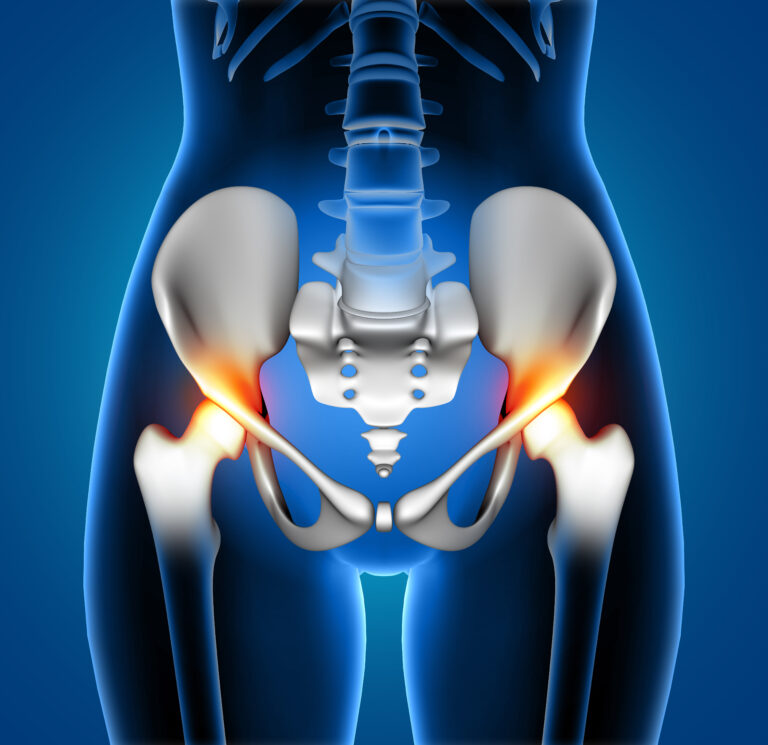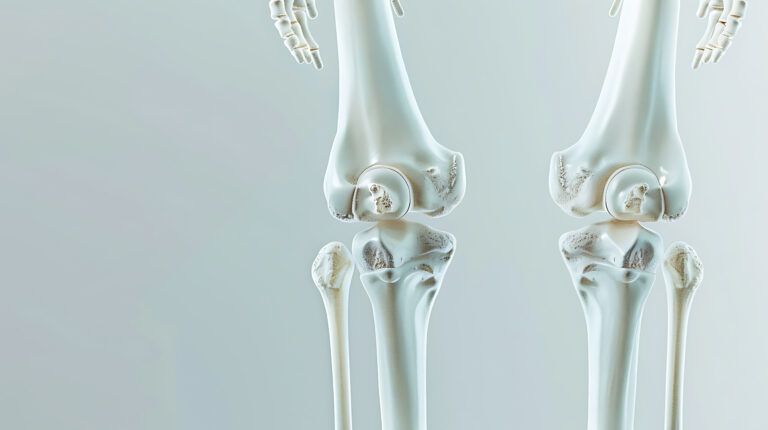Robotic surgery has significantly advanced joint replacement procedures, revolutionizing orthopedic care with its precision and potential benefits for patients. Here’s a concise overview of its evolution:
Early Development and Introduction
- Origins: Robotic-assisted surgery in orthopedics emerged in the late 1990s, initially focusing on partial knee replacements.
- Pioneering Systems: Early systems like ROBODOC and CASPAR pioneered robotic technology for precise bone preparation and implant alignment.
Technological Advancements
- Advanced Imaging: Integration of CT scans and MRIs allows for detailed preoperative planning and creation of 3D models for surgical guidance.
- Robotic Arms: Equipped with high-resolution cameras and specialized tools, robotic arms assist surgeons in precise bone cuts and accurate implant placement.
Precision and Clinical Benefits
- Computer-Assisted Navigation: Real-time feedback from robotic systems aids surgeons in achieving optimal implant positioning, alignment, and joint stability.
- Consistency: Reduces variability in surgical outcomes, potentially improving long-term joint function and implant longevity.
Patient Outcomes and Recovery
- Faster Recovery: Studies indicate shorter hospital stays and quicker rehabilitation periods compared to traditional methods.
- Improved Longevity: Enhanced precision in surgery contributes to better joint function and potential for longer-lasting implants.
Surgeon Training and Adoption
- Specialized Training: Surgeons undergo specific training to operate robotic systems effectively, ensuring proficiency in utilizing advanced technology during procedures.
- Widespread Adoption: Increasing integration of robotic systems in major orthopedic centers reflects growing confidence and expertise in robotic-assisted surgery.
Future Directions
- Technological Advancements: Ongoing research focuses on integrating artificial intelligence (AI) for enhanced surgical decision-making and further improving robotic precision.
- Expanding Applications: Potential expansion beyond knees and hips to include shoulders and ankles as robotic technology evolves.
Conclusion: Robotic surgery has transformed joint replacement procedures by enhancing precision, improving outcomes, and accelerating patient recovery. Its evolution continues to shape the future of orthopedic surgery, offering safer and more effective treatment options for patients worldwide.
Disclaimer: The information provided in this blog post is for general informational purposes only and should not be considered professional advice. Before making any health-related decisions, consult with a qualified healthcare professional. The content is not a substitute for medical advice, and individual results may vary. The author and website are not responsible for any consequences arising from the use of the information provided. Use your best judgment and seek professional advice when needed.




